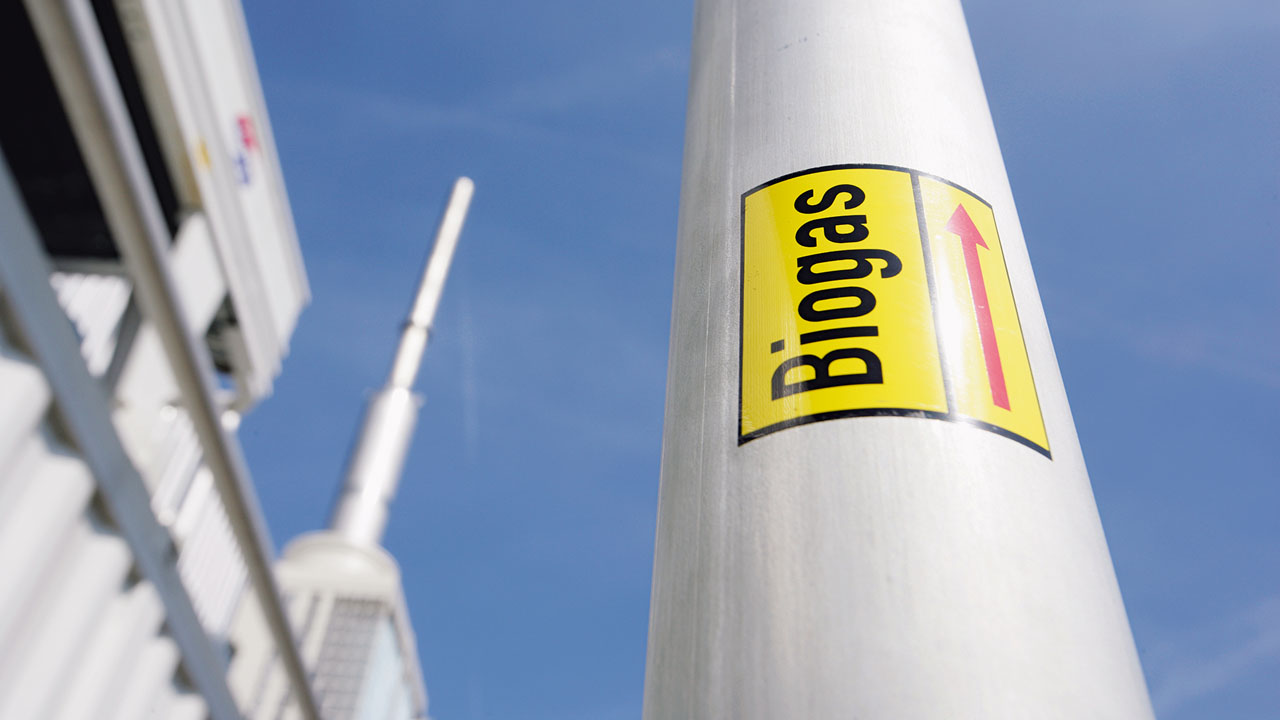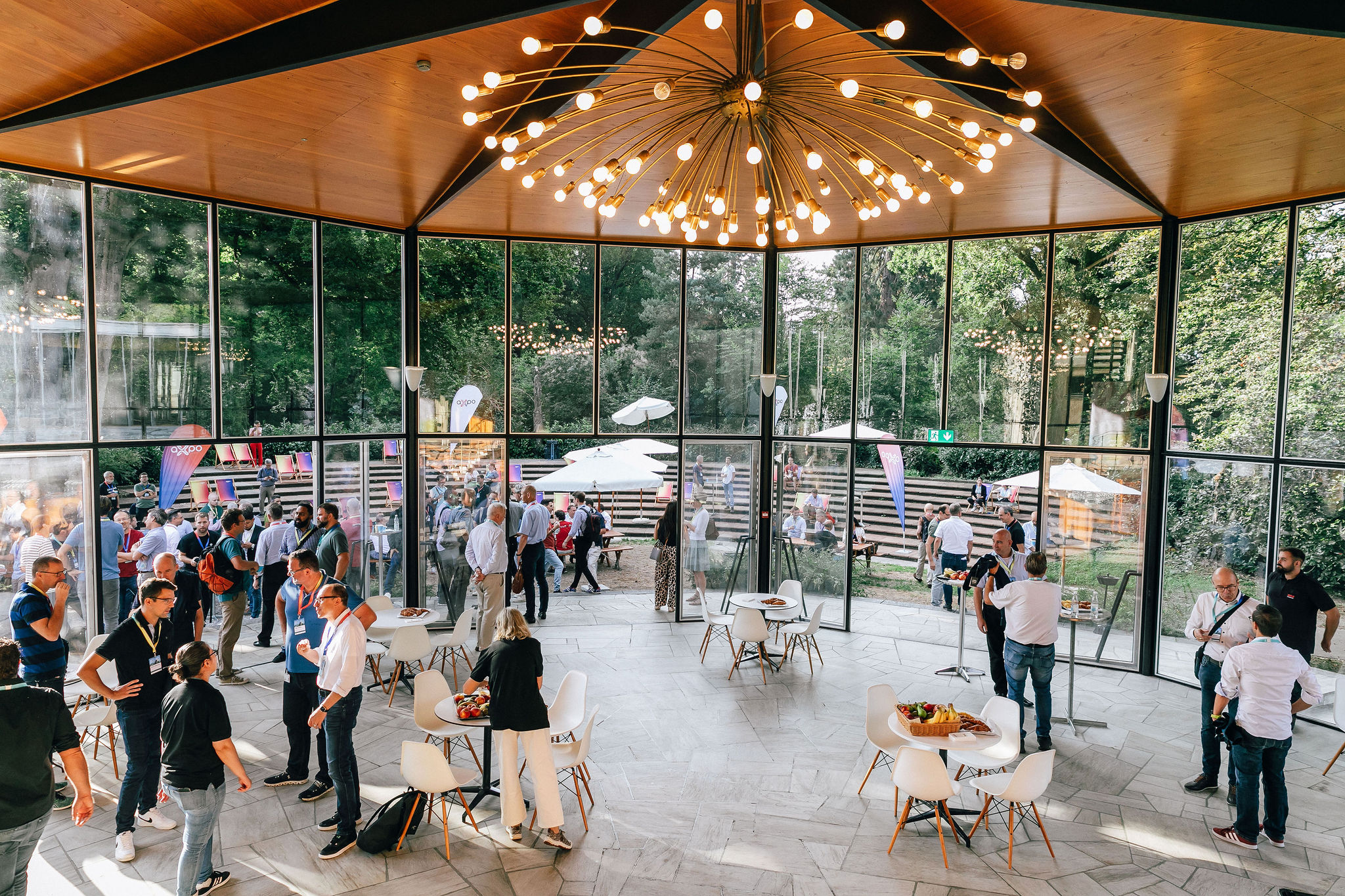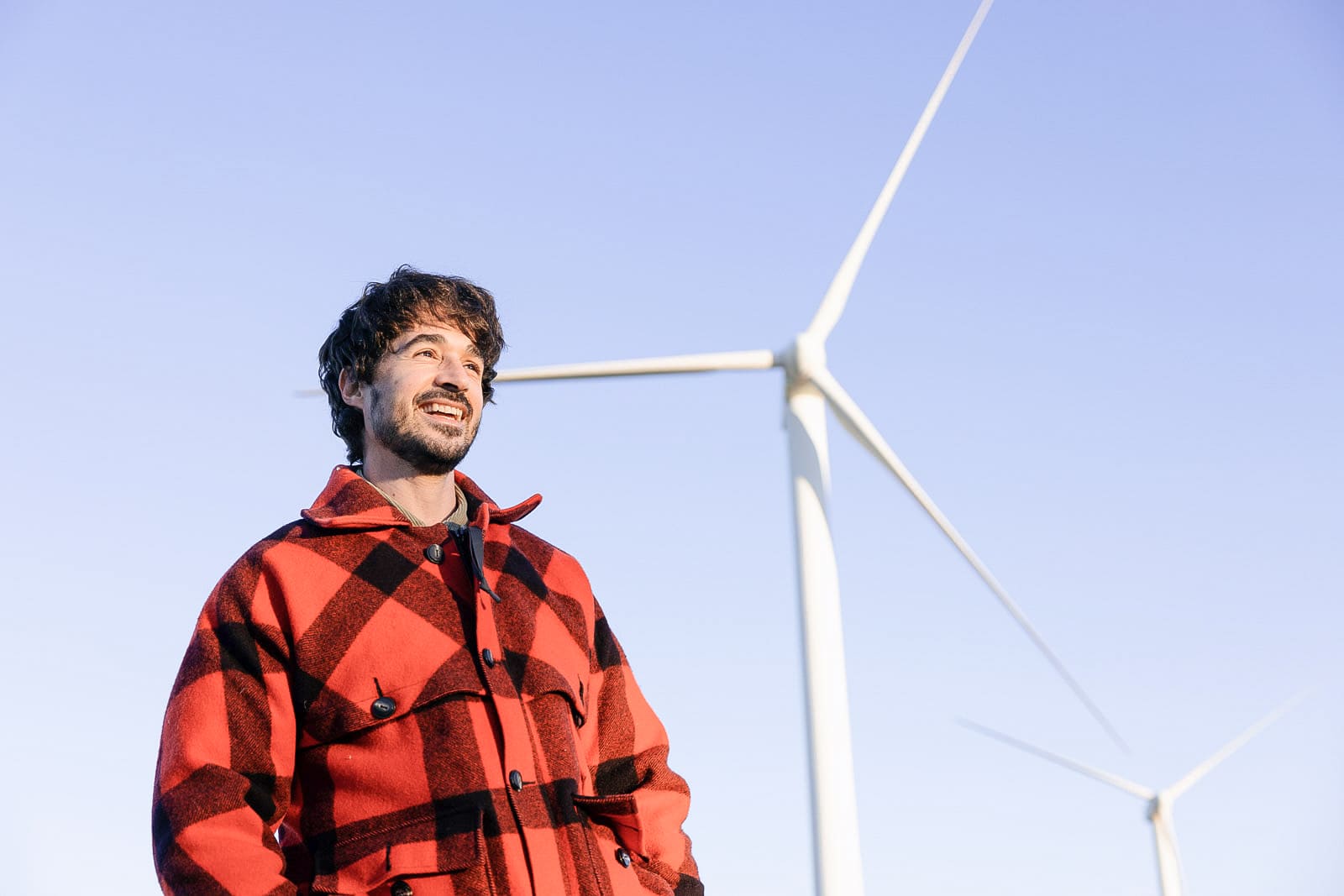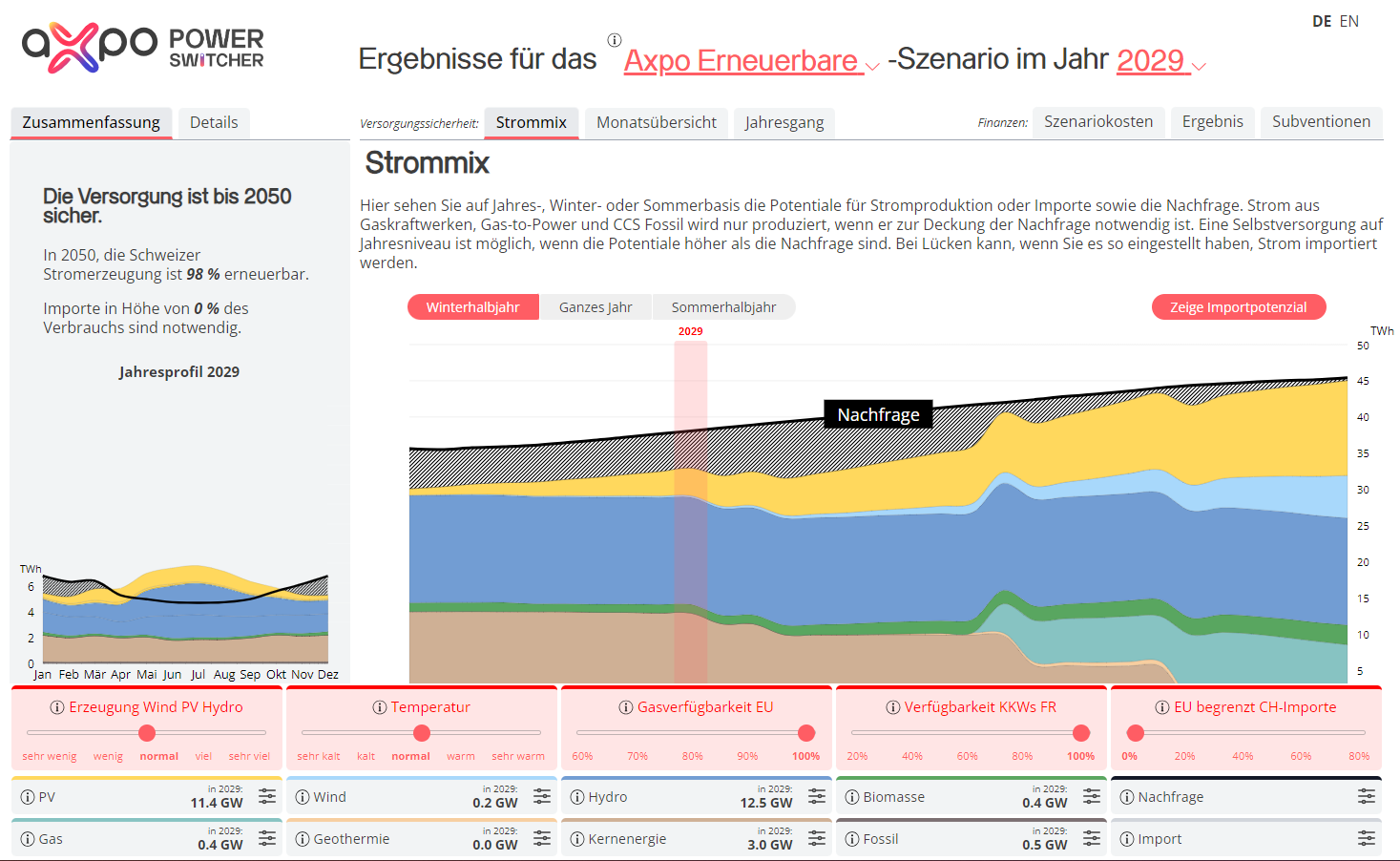

Renewable energy from organic waste
Axpo is the largest Swiss producer of renewable energies. The climate-neutral source of biomass is used intensively by Axpo, among others, to actively promote the energy transition in Switzerland in line with the Energy Strategy 2050.
Energy Strategy 2050
The nuclear disaster in Fukushima in 2011 triggered the energy debate in Switzerland. The event determined the majority decision to phase out nuclear energy. Two years later, the Federal Council adopted a dispatch on the new Energy Act, which lays the foundation for the Energy Strategy 2050. The legal basis for the Energy Strategy 2050 pursued today is based on the revised Energy Act (EnA), which was approved in a referendum on 21 May 2017 and entered into force on 1 January 2018.
The three thrusts of the new EnG address:
- increasing energy efficiency
- the expansion of renewable energies
- the phase-out of nuclear energy
(Swiss Federal Office of Energy SFOE, 2018)
Axpo Biomasse AG is already making a significant contribution to sustainable and climate-neutral energy production in Switzerland. The fermentation of biogenic waste produces biogas, electricity and heat, so-called "new renewable energy". Axpo Biomass wants to make a contribution to ensuring that Switzerland can continue to be supplied with renewable energy in the long term, and is investing in the expansion of its activities, in line with the Energy Strategy 2050. Compared to 2020, domestic "new renewable energy production" (excluding hydropower) is to be increased from 4,400 GWh to 11,400 GWh by 2035, which corresponds to an increase of around 160 %.
Biomass potentials
Biomass is an energy carrier that obtains its energy through the process of photosynthesis during plant growth. Energy products from biomass have a future, because the potential in Switzerland is high. The sustainable additional potential of Swiss biomass, which results from the theoretical potential minus the ecological and economic-technical restrictions, is 97 petajoules (PJ) of primary energy per year. This corresponds to around 26,900 GWh. The secondary energy is lower when considering the efficiency of the energy source and the degree of efficiency. 50 PJ are accounted for by lignified biomass, 47 PJ by non-lignified biogenic waste. If one compares the current electricity production from biomass, the share could be almost tripled.
Energy use
The multi-talent biomass produces various renewable, CO2-neutral forms of energy. Heat, electricity, biogas in the form of biomethane and bioethanol can be obtained from this material. With its 15 dry fermentation plants, Axpo Biomasse AG produces heat, electricity and biogas. These energies can be used, for example, to heat buildings or for mobility.
Axpo Biomass (incl. affiliated companies) produces a total of around 75 GWh of renewable energy from biomass each year. This energy could supply around 17,000 households with energy for a year (roughly equivalent to the population of the city of OIten).
Contact us
We would be pleased to advise you on our products and services.




.jpg)





